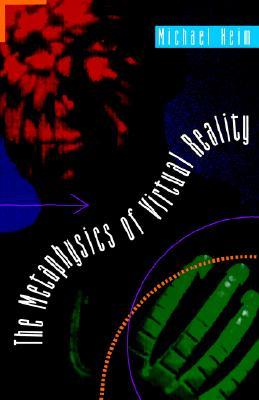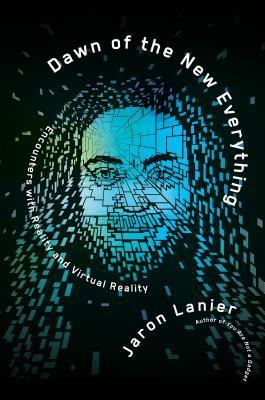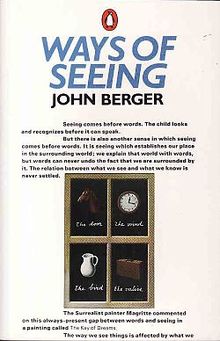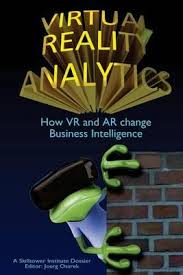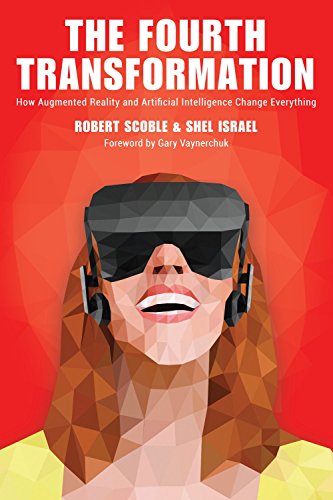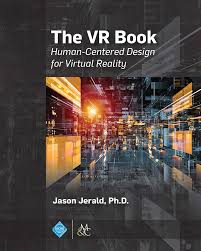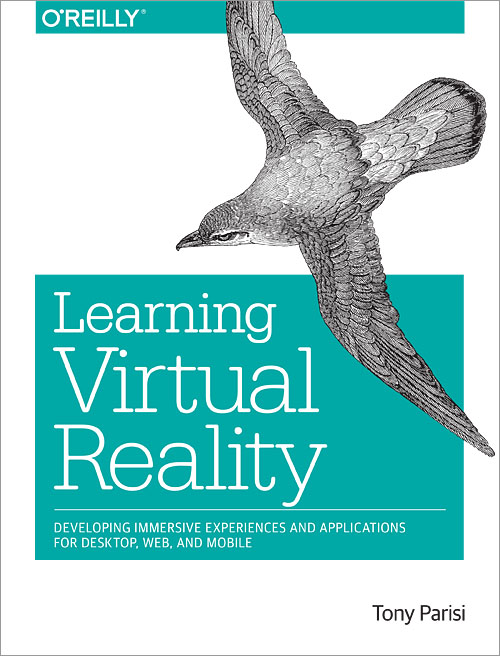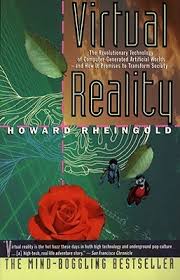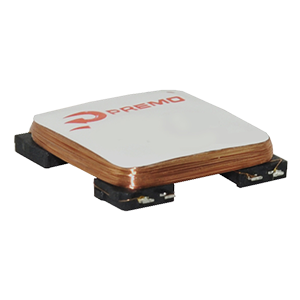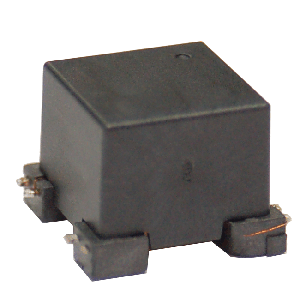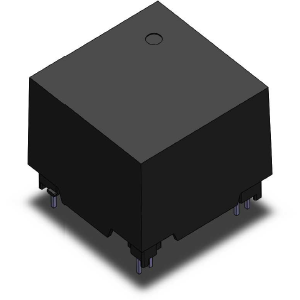It’s no accident that many people who appreciate VR and AR are also fans of “sci-fi” books, movies, and TV shows. Technology has imitated art and the other way around, with science fiction writers coining terms like “virtual reality” and “the metaverse,” and technology companies utilizing science fiction writers as in-house futurists and advisers.
Our selection of the best VR & AR books:
If you’re looking to immerse yourself in books with significant AR and VR presence, this is the reading list for you. It is a selection that includes quite diverse titles but all of them are noteworthy for different reasons. First of all, some generalist readings are oriented for the beginners, for those who want to have a first taste of virtual reality, approaching the subject from a broad and generalist point of view:
The Metaphysics of Virtual Reality – Michael Heim:
This book covers pretty much any topic one could possibly be contemplating regarding VR, from the question of why and how we reached this point, to how computers have altered our thought habits and to how we will be able to distinguish virtual from real reality.
Virtual Reality Insider – Sky Nite:
This consumer-focused virtual reality guidebook aims to stir up new ideas for those already working with VR as well as offering a fantastic introduction to the virtual world for newcomers to the industry. It is relevant reading for readers of all levels of understanding.
Dawn of the New Everything – Jaron Lanier:
The author is an interdisciplinary scientist and it’s often argued that he was the one that came up with the term “virtual reality”.
Masters of Doom – David Kushner:
This book is more about gaming than virtual reality, per se, but it is worth reading for two reasons. First, it discusses Doom and Quake, the two video games that have been hailed as the first steps toward consumer-ready virtual reality. Second, the book is largely centered on gaming legend John Carmack, the current CTO of Facebook’s Oculus.
The following two proposals that, while oriented also for newcomers, deserve to be a part of this list since they tackle the subject with a different approach, putting in relief the idea of “contents” and the relationship that these have with culture and art, and how they affect each other:
Ways of Seeing – John Berger:
This classic book addresses how we look at art. While it may seem like a peculiar addition to this list, it offers an insightful and thought-provoking angle from which to consider the content one creates for VR and AR.
Virtual Reality: Representations in Contemporary Media – Melanie Chan:
This book focuses on the early years of VR from the 1980s and early 1990s, when VR first appeared in the consumer space. It is really a critical analysis of virtual reality in the relation to embodied experience so it is a good read if you wish to look at the wider context of virtual reality in culture.
Here we have some recommendations intended for readers who are already familiar with the topic and basic fundamentals and who wish to go one step ahead and start exploring not only the present but the future implications that virtual reality will have in the world as we know it. Our most recommended books for intermediate readers with specific themed interests:
Virtual Reality For Beginners – Murray Ramirez:
Another book for virtual reality content creators, this guide by Murray Ramirez moves from an overview introduction through to the latest trends before exploring the different consumer hardware (PSVR, Oculus, Daydream) concluding with a section on “what’s next” in virtual reality.
Virtual Reality Analytics – Joerg Osarek:
This book explores the relationship between virtual and augmented realities and Big Data. It argues that VR is just the first of the three computing waves we are about to see. AR is next, and then something called USEMIR (Ubiquitous Sensory Mixed Reality). Learning more about how virtual reality technologies will drive analytics is certainly a subject that we should all be paying attention to right now.
The Fourth Transformation – Robert Scoble & Shel Israel:
The authors of this book predict that before long we will do almost anything with our smart phones and control our digital lives through eye movements and brainwaves. We won’t need to use words to search online, because we will be in the new age of visual internet one hundred times the size of the current Internet and we will find things by images, buy things by brands, or just by looking at a logo on the jacket of a passerby.
This list includes also some titles recommended specifically for Virtual and Augmented reality professionals be it content creators or developers. These are more technical approaches and definitely a require a higher level of understanding on the subject to be able to fully enjoy these suggestions:
The VR Book: Human Centered Design for Virtual Reality – Jason Jerald:
The author argues that by placing human user experience first we should be able to create great virtual reality content. This virtual reality book explores the principles we should adhere to in order to create truly engaging, innovative experiences.
Learning Virtual Reality – Tony Parisi:
This work is targeted towards those who have some simple programming knowledge and some understanding of app development. This virtual guidebook teaches essential development and production concepts including UI design, stereo rendering, 3D input, and programming VR applications for native desktop, mobile and the web.
Oculus Rift in Action – several authors:
This one is another good virtual reality book for programmers. It is a guide that walks the reader through the process to integrate the many features of the Rift into VR experiences and 3D games. Covering both the Oculus API and the use of Unity, this could be an indispensable book for expanding your VR development knowledge.
Also recommended for professionals, we include the following two titles since they approach the subject from an “application” perspective, getting more into detail as to the possibilities that virtual reality can offer in different specific use cases:
Virtual Reality: The Revolutionary Technology of Computer-Generated Artificial Worlds and How It Promises to Transform Society – Howard Rheingold:
This book is an exploration of cutting-edge applications for virtual reality. For example, it is proving to be an instrumental tool in healthcare and education but is also useful in disciplines including particle physics.
Virtual Reality: Future Of Health Care – Lynne Edgar:
This book is a thoroughly engaging exploration of the many applications for the technology in this industry. It includes some of the best content for different uses of virtual reality in healthcare, and ten different samples in Chapter 3 exploring living use-cases.
Finally, this list could not go by without including one last recommendation. That is, the first printed book written and edited by Premo – a must have manual for both beginners and advanced readers that includes a variety of articles and covers numerous topics in VR. It aims to be a comprehensive guidebook designed to give a global view of the VR landscape to the reader, tackling in more detail some key issues and challenges within the overall industry.
VR EM Motion Tracking Sensors & Applications – Premo Group:
With this book we start a series of publications on our contribution to a coming better world from our experience, vision and value proposition. This is a recognition and tribute to our team of Innovators and our Ecosystem. Get your copy here.

